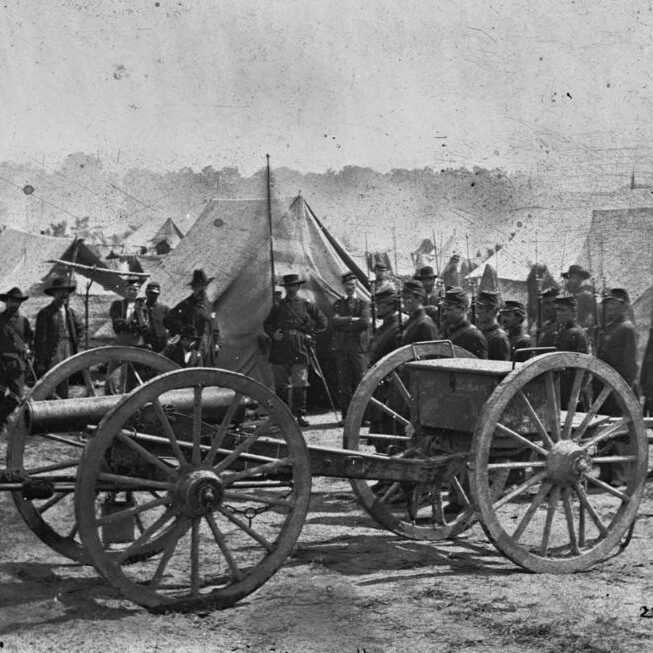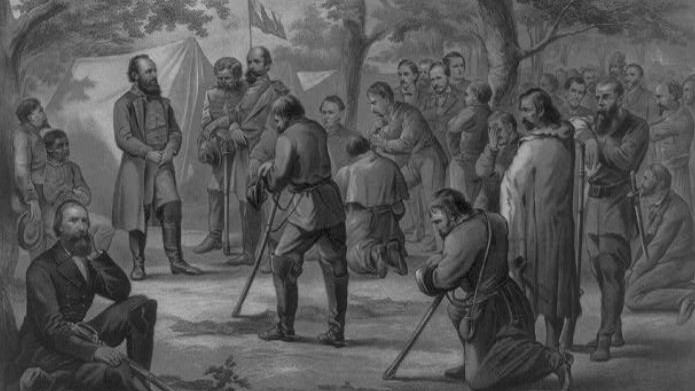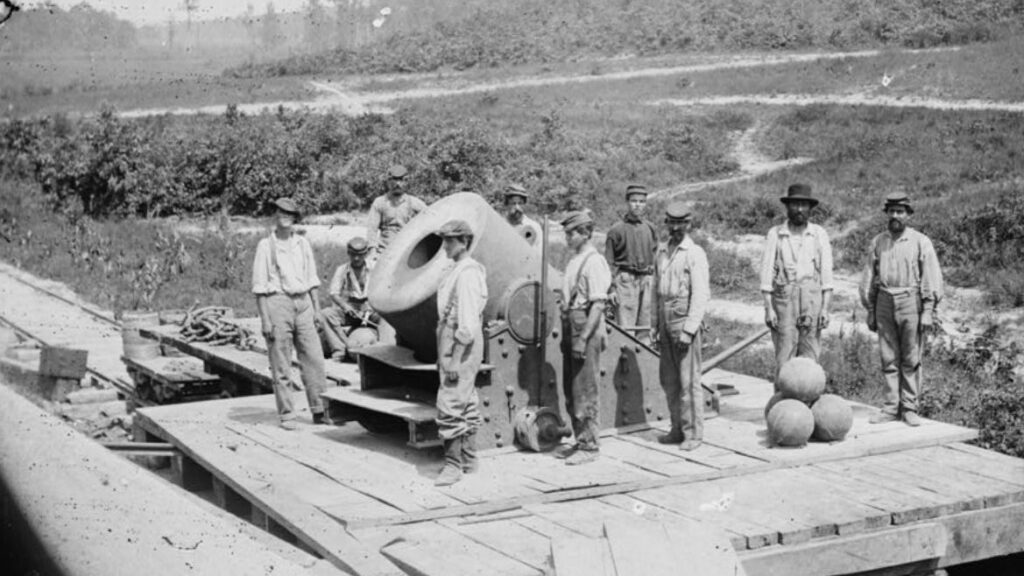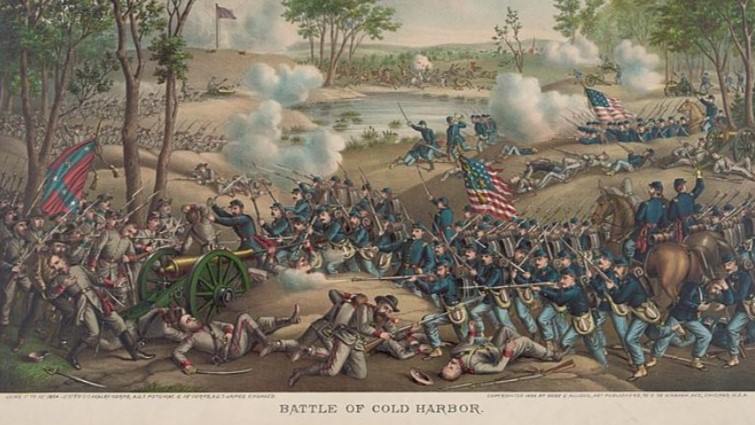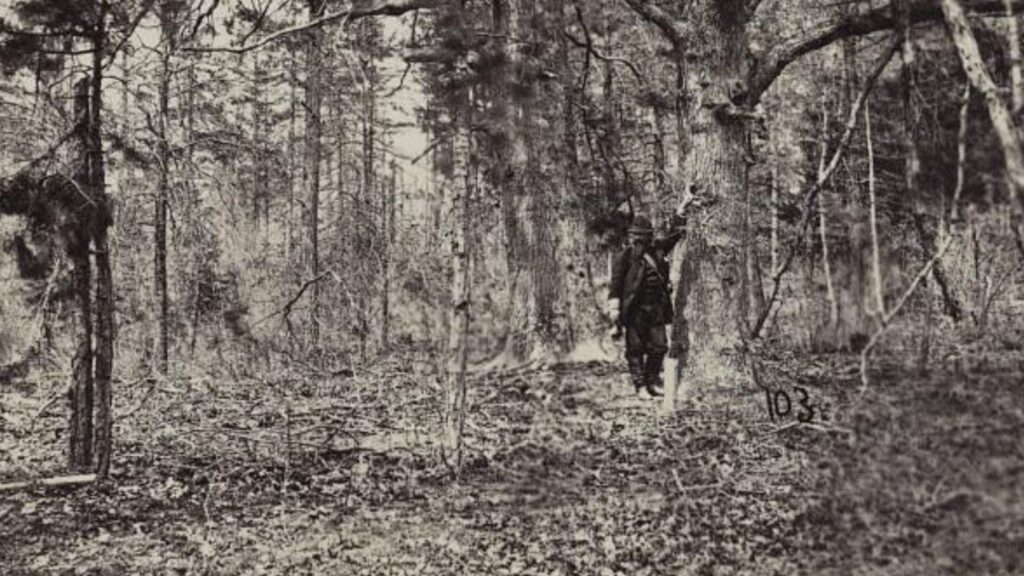In the spring of 1862, Major General George McClellan, the charismatic leader of the Union Army of the Potomac, devised a daring plan. He would bypass heavily fortified Confederate positions around Washington D.C. and strike directly at Richmond, the Confederate capital, by way of a little spit of land jutting into the Chesapeake Bay – the Virginia Peninsula Campaign.
This audacious strategy, known as the Peninsula Campaign, promised a swift victory and a crippling blow to the Confederacy. But was it a stroke of strategic genius or a recipe for disaster?
Let’s delve into the details of the campaign and separate the brilliance from the blunders to answer this question that continues to spark debate among Civil War historians.
- 1. The Allure of the Flanking Maneuver: Why McClellan Went for the Peninsula Campaign
- 2. Was the Peninsula Campaign the Best Option?
- 3. Where McClellan's Peninsular Campaign Went Wrong
- 4. The Chickahominy and the Unraveling of the Peninsula Campaign
- 5. A Gamble Lost: The Legacy of the Peninsula Campaign
- 6. What Could McClellan Have Done to Achieve a Successful Peninsula Campaign?
- Further Reading
1. The Allure of the Flanking Maneuver: Why McClellan Went for the Peninsula Campaign
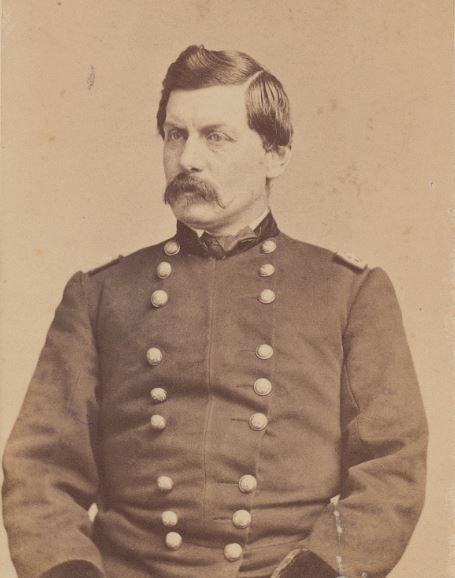
General McClellan’s decision to bypass entrenched Confederate forces and land troops on the Virginia Peninsula was a calculated move based on several key strategic advantages the Union possessed.
Bypassing Bloody Stalemates: The Flanking Manoeuvre
The war in Virginia had devolved into a bloody stalemate by early 1862. Union attempts to advance directly towards Richmond via land routes (Bull Run) had resulted in costly defeats.
McClellan believed that a flanking maneuver, bypassing Confederate fortifications around Manassas, could achieve a decisive victory.
The Virginia Peninsula, a narrow strip of land between the James and York Rivers, offered a unique opportunity. Here, the Union’s overwhelming naval superiority could come into play.
The Union’s Naval Supremacy
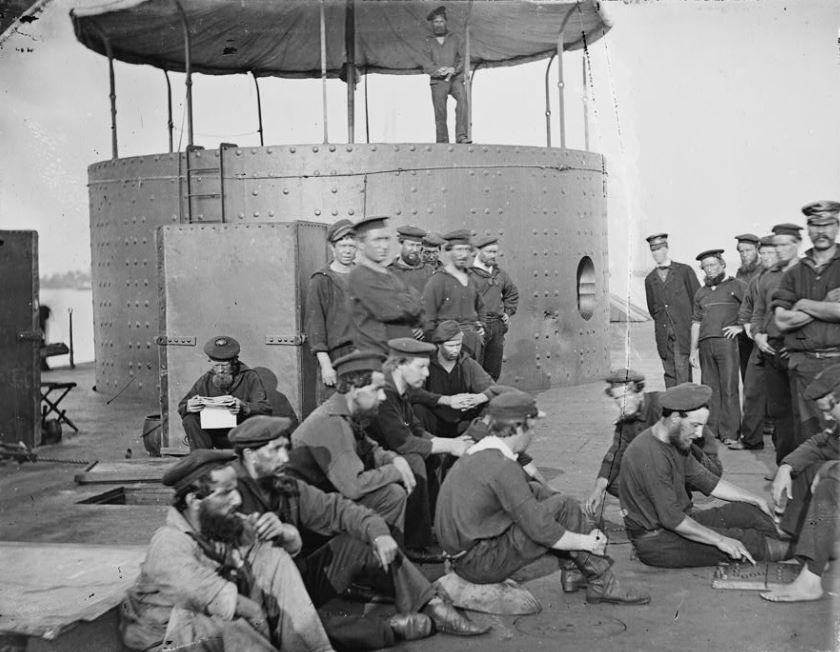
The Union Navy ruled the waves. By landing troops on the peninsula and controlling the waterways, McClellan ensured a steady flow of supplies and reinforcements.
This secure logistical lifeline would be crucial for sustaining a large army far from its original base.
Furthermore, the Union Navy could threaten Richmond directly from the James River, forcing the Confederates to divert resources and potentially even evacuate the capital.
This naval pressure would create a pincer movement, squeezing the Confederate army between McClellan’s advancing land forces and the Union fleet.
A Secure Base for Operations: Fortress Monroe
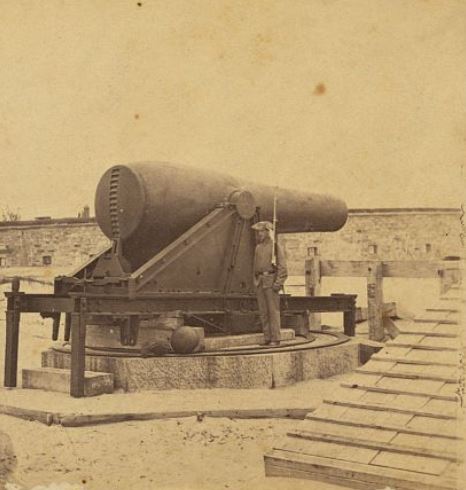
At the tip of the peninsula sat Fort Monroe, a powerful Union bastion.
This well-fortified position provided McClellan with a secure landing point for his troops and a logistical hub for the campaign. It also served as a potential refuge if things went wrong, allowing for a safe retreat and regrouping.
McClellan envisioned using Fort Monroe as a springboard, launching his army deeper into Virginia territory and slowly strangling Richmond by controlling key transportation arteries.
Union Strengths: Playing to Their Advantages
The Union Army of the Potomac, under McClellan’s leadership, was a well-drilled and well-equipped force.
Its sheer size, estimated at over 100,000 soldiers, dwarfed the Confederate defenders in the early stages of the Peninsula Campaign.
McClellan believed this numerical advantage, coupled with the logistical support provided by the navy and the secure base at Fort Monroe, would allow him to wear down the Confederate army through attrition and ultimately capture Richmond.
McClellan’s Peninsula Campaign wasn’t a blind gamble. It was a strategic plan that capitalized on the Union’s strengths – a large, well-supplied army and naval dominance – while aiming to bypass Confederate fortifications.
However, as we’ll see in the next section, the path to victory wasn’t paved with good intentions alone. The campaign was fraught with risks and, ultimately, McClellan’s execution of his strategy fell short of expectations.
2. Was the Peninsula Campaign the Best Option?
While McClellan’s strategy appeared sound on paper, it wasn’t without its critics. Other Union commanders advocated for alternative approaches, highlighting the inherent risks associated with the Peninsula Campaign.
The McClellan vs. McDowell Debate: A Divided Command
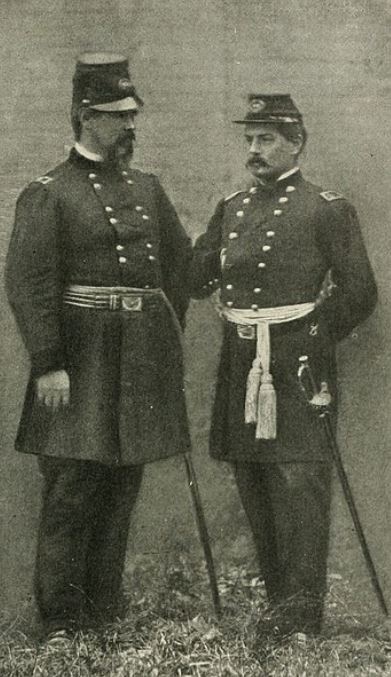
A key point of contention was the fate of Major General Irvin McDowell’s army stationed near Washington D.C. which was engaged in its own battles with Stonewall Jackson.
McClellan envisioned McDowell’s forces eventually linking up with him on the peninsula, creating a unified and overwhelming Union force.
However, this plan hinged on a swift victory by McClellan. Critics argued that relying on McDowell’s timely arrival was a gamble. Delays could leave McClellan’s army exposed and vulnerable.
President Lincoln’s Overland Route: A Direct, Risky Approach
President Lincoln’s plan for an overland attack against the Confederates at Manassas Junction, Virginia, stemmed from a few key considerations:
- Protecting Washington D.C.: Manassas Junction, Virginia (present-day Manassas) lies roughly 30 miles southwest of Washington D.C. By keeping a strong Union force positioned there, Lincoln aimed to create a buffer zone that would deter any Confederate advances on the capital.
- Swift Victory: After the early Confederate victories at Bull Run (Manassas) in July 1861 and Wilson’s Creek in August 1861, the Union desperately needed a decisive win. Lincoln believed a direct attack on the Confederate forces concentrated around Manassas could deliver that victory.
- Simpler Logistics: An overland campaign meant relying on established transportation routes for supplying the Union army. This was seen as a more reliable approach compared to the complexities of a waterborne campaign requiring naval support and amphibious landings.
However, this strategy also had potential drawbacks:
- Head-on Clash: A direct assault on Manassas Junction would likely involve a brutal head-on battle against entrenched Confederate forces. This could lead to heavy casualties on both sides.
- Uncertain Terrain: The terrain around Manassas Junction was unfamiliar to many Union commanders. This lack of knowledge could be a disadvantage compared to the Confederates who might be more accustomed to the area.
- Limited Maneuverability: An overland attack might struggle to outflank or surprise the Confederates, who could potentially retreat further south if under heavy pressure.
Despite these potential downsides, Lincoln believed the benefits of a direct attack outweighed the risks. He saw it as a way to quickly secure a win, protect the capital, and potentially force the Confederates out of Virginia altogether.
The Urbanna Plan
McClellan’s ‘Urbanna Plan’, differed significantly from Lincoln’s favored approach in several key ways:
- Threatening Richmond: McClellan believed a landing on the Virginia Peninsula, between the Rappahannock and York Rivers (near present-day Urbanna, Virginia), would position his army closer to Richmond, the Confederate capital. This strategic move aimed to put more direct pressure on the Confederate government and potentially force them to abandon Richmond without a major battle.
- Avoiding Head-on Fights: McClellan was wary of a direct assault on Manassas Junction, fearing heavy casualties. He believed by landing on the Peninsula, he could potentially maneuver and outflank the Confederate forces, forcing them to retreat and avoiding a bloody, entrenched battle.
Logistical Advantages, as envisioned by McClellan:
- Naval Superiority: The Union Navy held a clear advantage over the Confederates. By using water transportation, McClellan believed he could leverage this naval dominance to safely move his large army and supplies.
- Surprise and Maneuver: A landing on the Peninsula could achieve surprise by bypassing Confederate defenses around Manassas.
- Securing a Base: An amphibious landing would allow the Union to establish a secure beachhead on the Virginia Peninsula. This base could then be used to store supplies and facilitate further troop movements.
Potential Drawbacks of the Urbanna Plan:
- Complex Logistics: Despite the potential benefits, a waterborne campaign also presented logistical challenges. Coordinating troop and supply movements with the navy required careful planning and could be disrupted by bad weather or Confederate naval actions.
- Exposing Washington D.C.: Shifting a large Union force to the Peninsula would weaken the defenses around Washington D.C. This potentially exposed the capital to a surprise Confederate attack.
Due to Confederate General Johnston’s unexpected withdrawal from Manassas, the Urbanna Plan became impractical. However, McClellan adapted the core idea of a waterborne campaign on the Virginia Peninsula. He chose a new landing site at Fort Monroe, further south on the Peninsula. The overall goal remained capturing Richmond, but the specific approach changed due to the evolving circumstances.
So, the Urbanna Plan was the seed of the idea, but the Peninsula Campaign was the actual military operation that took place with a different landing location due to the changing battlefield situation.
McClellan’s Justification: Balancing Risks and Advantages
In the face of these alternatives, McClellan defended his Peninsula plan, believing an amphibious flanking maneuver offered several advantages:
- Minimizing Frontal Assaults: Firstly, it minimized the risk of a costly frontal assault against entrenched Confederate positions around Manassas, which had proven disastrous in previous campaigns.
- Naval Lifeline: Secondly, he argued that naval dominance would ensure a steady stream of supplies and reinforcements, a critical advantage considering the Union army’s large size.
- Severing Confederate Supply Lines: Finally, by capturing the Virginia peninsula, McClellan aimed to sever vital transportation routes for the Confederacy, further crippling their war effort.
While the risks associated with the Peninsula Campaign were undeniable, McClellan’s arguments held merit.
His strategy aimed to capitalize on the Union’s strengths and avoid costly frontal assaults. However, as we’ll explore in the next section, the successful execution of this plan relied on precise coordination, superior intelligence, and a healthy dose of adaptability – qualities that McClellan, unfortunately, fell short on.
3. Where McClellan’s Peninsular Campaign Went Wrong
McClellan’s Peninsula Campaign ultimately faltered due to a series of critical execution failures. These weaknesses exposed the inherent risks in the plan and highlighted McClellan’s shortcomings as a commander.
A Gamble on Uncertain Seas: Failing to Secure Naval Supremacy
A cornerstone of McClellan’s strategy was absolute Union naval control of the waterways surrounding the peninsula. This would guarantee the safe passage of troops, supplies, and reinforcements.
However, McClellan failed to ensure this dominance beforehand.
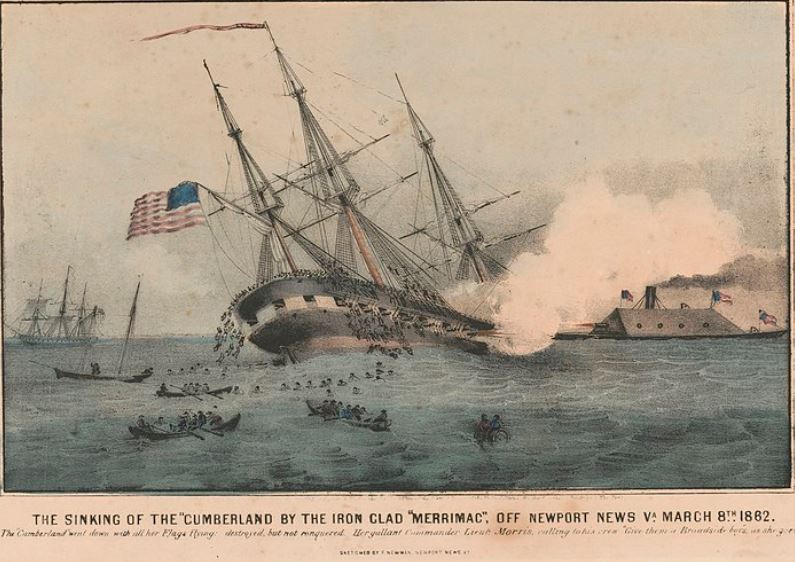
The Confederate ironclad warship Virginia (also named Merrimack) emerged as a surprise and potent threat.
Its initial success against Union wooden ships in March 1862 cast doubt on Union naval superiority and disrupted troop and supply movements. Though the Union ironclad Monitor eventually arrived and neutralized the Virginia, the delay exposed a critical vulnerability in McClellan’s plan.
Blindsided by the Enemy: Lack of Intelligence and Miscalculation of Confederate Strength
Another crucial failing was McClellan’s lack of accurate intelligence.
He consistently overestimated Confederate troop strength, leading to overly cautious movements and missed opportunities.
Misled by faulty intelligence reports, McClellan initially believed he faced a much larger Confederate force than was actually present. This cautious approach allowed the Confederates valuable time to fortify their positions and respond to Union movements.
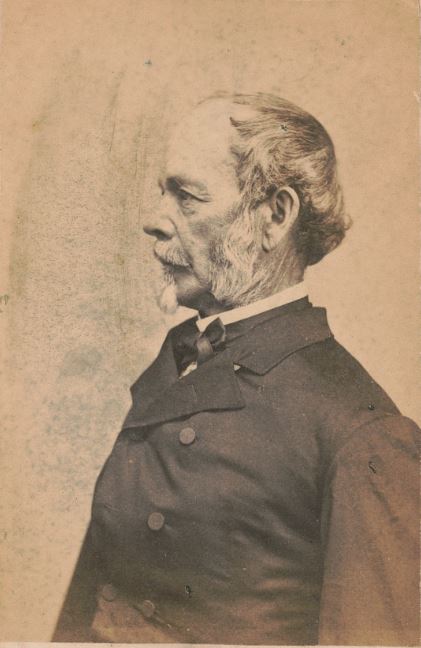
For instance, McClellan’s slow advance allowed General Johnston, the Confederate commander, to establish a strong defensive line along the Warwick River. This unexpected obstacle stalled the Union advance for weeks, further highlighting the importance of accurate intelligence and swift adaptation.
Rigidity in the Face of Change: The Warwick Line Stalemate
McClellan’s rigidity in the face of changing circumstances also contributed to the campaign’s struggles.
When encountering the unexpected Confederate line along the Warwick River, he hesitated to launch a direct assault, fearing heavy casualties. Instead, he opted for a complex and time-consuming siege operation. This decision proved costly.
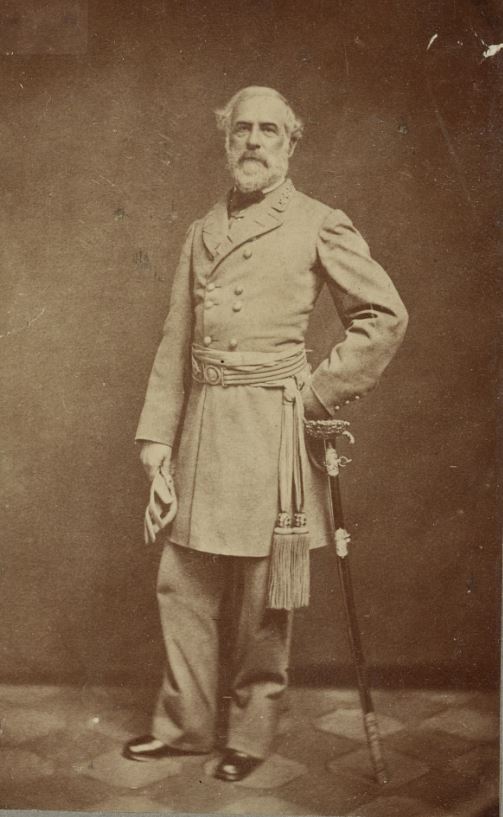
Weeks were wasted constructing elaborate earthworks and attempting flanking maneuvers. During this period, the Confederates under General Robert E. Lee, who replaced Johnston, used the time to their advantage. They reinforced their positions, identified weaknesses in the Union lines, and ultimately launched a surprise attack.
Missed Opportunities: Failing to Exploit Tactical Victories and Pursue Advantages
Despite achieving some tactical successes during the campaign, McClellan failed to capitalize on them.
The Battle of Seven Pines, for example, showcased the Union army’s fighting spirit, inflicting heavy casualties on the Confederates.
However, instead of pressing the attack and exploiting Confederate disarray, McClellan again opted for caution, allowing the Confederates to regroup and stabilize their lines.
This pattern of missed opportunities repeated itself throughout the campaign, ultimately preventing decisive victories.
McClellan’s Peninsula Campaign, initially a promising strategy, became a frustrating exercise in missed opportunities.
His failure to ensure naval control, lack of accurate intelligence, rigid adherence to plans, and inability to exploit tactical advantages ultimately led to the campaign’s demise.
These failures ignited a debate about McClellan’s leadership effectiveness and ultimately contributed to his removal from command.
4. The Chickahominy and the Unraveling of the Peninsula Campaign
One of the most critical errors of the Peninsula Campaign stemmed from McClellan’s decision to split his army across the Chickahominy River.
This strategic blunder exposed the Union forces to a devastating Confederate counteroffensive led by General Robert E. Lee.
Divided We Fall: The Perilous Split Across the Chickahominy

As McClellan’s army advanced up the peninsula, they encountered the Chickahominy River, a swollen and fast-moving waterway.
Initially, most of the Union army remained south of the river, with only a smaller contingent holding a bridgehead on the north bank. This decision, made due to logistical challenges and the perceived weakness of Confederate forces, proved disastrous.
The Chickahominy, prone to rapid flooding due to spring rains, transformed into a formidable obstacle.
McClellan’s supply lines and a significant portion of his army were now precariously isolated north of the river, vulnerable to a Confederate attack.
Lee Seizes the Opportunity: The Battles of Seven Days
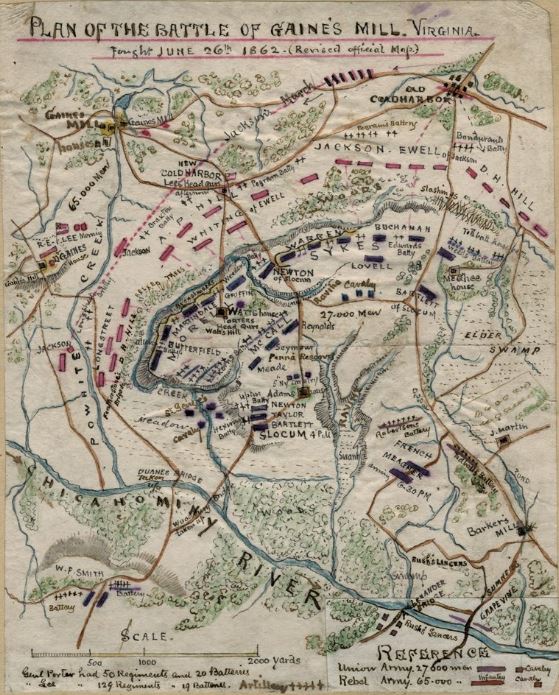
General Lee, recognizing the Union’s exposed position, launched a series of audacious attacks known as the Seven Days’ Battles (June 25 – July 1, 1862).
Lee aimed to exploit the divided Union army, crush the smaller force north of the Chickahominy, and potentially sever McClellan’s communication and supply lines.
The ensuing battles were brutal and bloody.
The outnumbered Union forces north of the river fought valiantly, particularly at Gaines’ Mill and Frazier’s Farm. However, facing relentless Confederate assaults and a rising Chickahominy threatening to cut them off, McClellan ordered a full retreat south of the river.
A Pyrrhic Victory: Malvern Hill and the Retreat to Harrison’s Landing
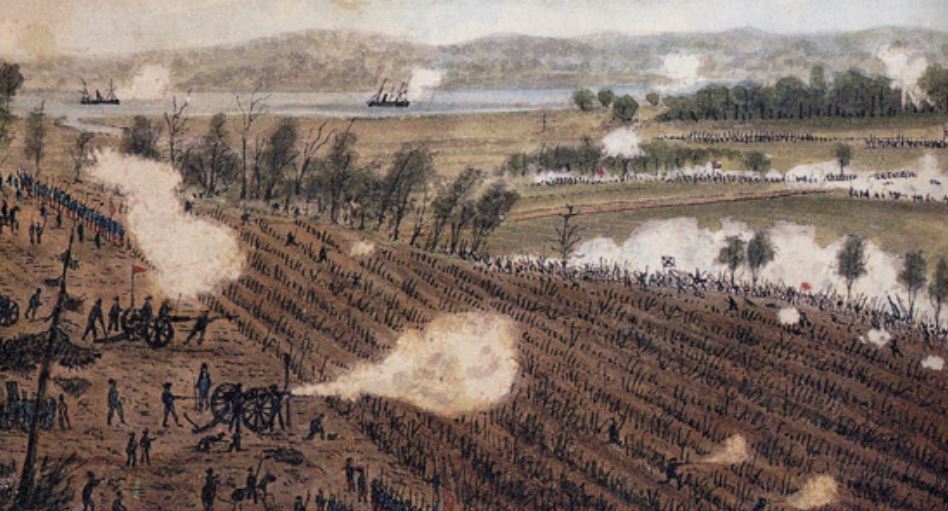
Despite the strategic retreat, the Union army managed a tactical success at the Battle of Malvern Hill.
Here, entrenched Union artillery inflicted heavy casualties on the attacking Confederates, earning the day “The Day of Blood” for the South. However, this victory couldn’t mask the overall failure of the campaign.
McClellan, demoralized and convinced of overwhelming Confederate strength, retreated his entire army to the safety of Harrison’s Landing on the James River.
This move effectively ended the Peninsula Campaign as an offensive operation. The Union army, despite initial successes, was back where it started – entrenched and on the defensive.
A Campaign Defined by Missed Opportunities: The Legacy of the Chickahominy Decision
The decision to divide the army across the Chickahominy proved to be a pivotal point in the campaign. It exposed a critical vulnerability that Lee expertly exploited, forcing McClellan onto the defensive.
While the Union army avoided complete destruction, the Peninsula Campaign ultimately resulted in a strategic retreat and a missed opportunity to capture Richmond.
The Chickahominy debacle highlighted McClellan’s shortcomings as a leader.
His overly cautious approach, coupled with a failure to adapt to changing circumstances, allowed Lee to seize the initiative and inflict significant casualties on the Union army.
In the aftermath of the campaign, McClellan faced harsh criticism. His cautious leadership and the failure to achieve a decisive victory led to his removal from command.
5. A Gamble Lost: The Legacy of the Peninsula Campaign
The Peninsula Campaign remains a controversial chapter in the Civil War. Was it a bold strategic maneuver crippled by flawed execution, or a reckless gamble doomed from the start? Examining the campaign’s legacy reveals a complex picture.
An Acceptable Risk? The Potential Rewards of the Flanking Manoeuvre
At its core, McClellan’s strategy held promise. The amphibious flanking maneuver aimed to bypass Confederate defenses and strike directly at Richmond, potentially crippling the Confederacy in one decisive blow.
Utilizing Union naval superiority and a secure base at Fort Monroe, McClellan’s plan offered an alternative to costly frontal assaults.
However, the potential rewards of this strategy were contingent on flawless execution.
Flawed Execution: Turning Strategy into Gamble
McClellan’s campaign devolved into a series of missed opportunities and blunders.
These missteps transformed McClellan’s calculated strategy into a reckless gamble. The Union army, despite inflicting significant casualties on the Confederates, ultimately suffered a strategic defeat. The campaign highlighted the importance of meticulous planning, accurate intelligence, and a flexible approach on the battlefield.
Lessons Learned: A Legacy for Future Campaigns
The Peninsula Campaign, though a failure, wasn’t without its positives. It showcased the fighting spirit of the Union army and highlighted the effectiveness of well-placed artillery, evident at Malvern Hill.
6. What Could McClellan Have Done to Achieve a Successful Peninsula Campaign?
The Peninsula Campaign of 1862 remains a fascinating “what if” scenario in Civil War history.
General McClellan’s ambitious amphibious strategy held promise, but its execution fell short, ultimately resulting in a Union retreat. Let’s delve into the key areas where different decisions could have significantly altered the campaign’s outcome.
Ensuring Naval Superiority: Unchallenged Rule of the Waves
For the Peninsula Campaign to succeed, absolute Union control of the Chesapeake Bay and surrounding waterways was paramount. This guaranteed safe passage for troops, supplies, and reinforcements. However, the emergence of the ironclad Virginia (Merrimack) posed a significant threat.
Neutralizing the Virginia: McClellan should have prioritized ensuring the Virginia’s swift neutralization. This could involve:
- Close Cooperation with the Navy: Intensified intelligence gathering and coordinated naval attacks could have pinpointed the Virginia’s location and targeted it before it could wreak havoc.
- Deployment of Additional Ironclads: Expediting the construction and deployment of additional Union ironclads would have created a numerical advantage against the Virginia.
Naval Support Throughout the Campaign: Furthermore, McClellan should have emphasized close coordination with the Union Navy throughout the campaign. Gunboats could have provided crucial flanking fire during the advance up the peninsula’s rivers, further pressuring Confederate defenses.
Improving Intelligence and Troop Assessments: Seeing Through the Fog of War
One of McClellan’s biggest failings was his reliance on inaccurate intelligence. He consistently overestimated Confederate troop strength, leading to overly cautious movements and missed opportunities.
Better Recon and Intelligence Gathering: A more robust Union intelligence network, utilizing cavalry reconnaissance and verifiable reports, would have painted a clearer picture of Confederate troop dispositions and numbers. McClellan shouldn’t have solely relied on Allan Pinkerton’s civilian intelligence service, which had a history of inflated estimates.
With accurate intelligence, McClellan could have adjusted his strategy accordingly. Instead of fearing overwhelming Confederate forces, he could have exploited their actual weaknesses for decisive victories.
Maintaining an Offensive Mindset: Seize the Moment
McClellan’s tendency towards caution often morphed into a siege mentality, allowing the Confederates valuable time to solidify their defenses. This was evident after the initial push, where McClellan opted for a slow and methodical approach instead of exploiting early successes.
Swift Exploitation of Opportunities: After forcing Confederate withdrawals, McClellan should have pursued aggressively, preventing them from regrouping and launching counteroffensives. Victories like the Battle of Seven Pines should have been springboards for further advances, not pauses in the campaign.
Instead of getting bogged down in siege operations, McClellan needed to display greater vigor in his pursuit. A more aggressive approach might have kept the Confederates on their back foot and prevented them from seizing the initiative later in the campaign.
Prudent Operational Decisions: Avoiding Costly Blunders
Several crucial operational decisions by McClellan significantly hampered the campaign. Foremost among them was splitting his army across the swollen Chickahominy River.
Avoiding the Chickahominy Trap: Leaving a significant portion of his army vulnerable north of the river proved disastrous. Instead, McClellan could have considered:
- Concentrated Advance: Focusing his forces on one side of the Chickahominy and achieving a breakthrough before attempting to cross the river.
- Amphibious Landing: Launching an amphibious landing south of Drewry’s Bluff, a Confederate strongpoint, could have outflanked their defenses and opened a path to Richmond.
Concentrating for a Decisive Battle: Recognizing the Chickahominy’s vulnerability, McClellan could have concentrated his forces earlier, potentially exploiting moments like the Battle of Malvern Hill for a decisive confrontation.
Logistical Preparations: The Foundation for Success
The logistical challenges of a large-scale amphibious operation were underestimated. McClellan needed to ensure a smooth flow of supplies and equipment to sustain his army throughout the campaign.
Adequate Supply Lines and Depots: Establishing a network of well-stocked supply depots along the advance route would have been crucial. This would have prevented disruptions and ensured the army remained operational.
Accurate Maps and Terrain Knowledge: McClellan’s lack of detailed maps of the peninsula hindered his movements. Acquiring accurate maps and terrain intelligence would have facilitated better troop movement and battle planning.
Flexible Transportation: Having a readily available pool of transportation assets, like wagons and boats, would have allowed for quicker redeployment of troops and supplies as the campaign progressed.
A Butterfly Effect of Strategic Choices
By addressing these shortcomings, the Peninsula Campaign could have unfolded very differently. While capturing Richmond wasn’t guaranteed, a more aggressive and well-coordinated Union campaign could have inflicted significant damage
Further Reading
If you enjoyed this article, you may be interested to read more about the American Civil War events, or perhaps read more about the bloodiest battles of the Civil War or the more about Virginia in the Civil War. Read here for more general American history.

